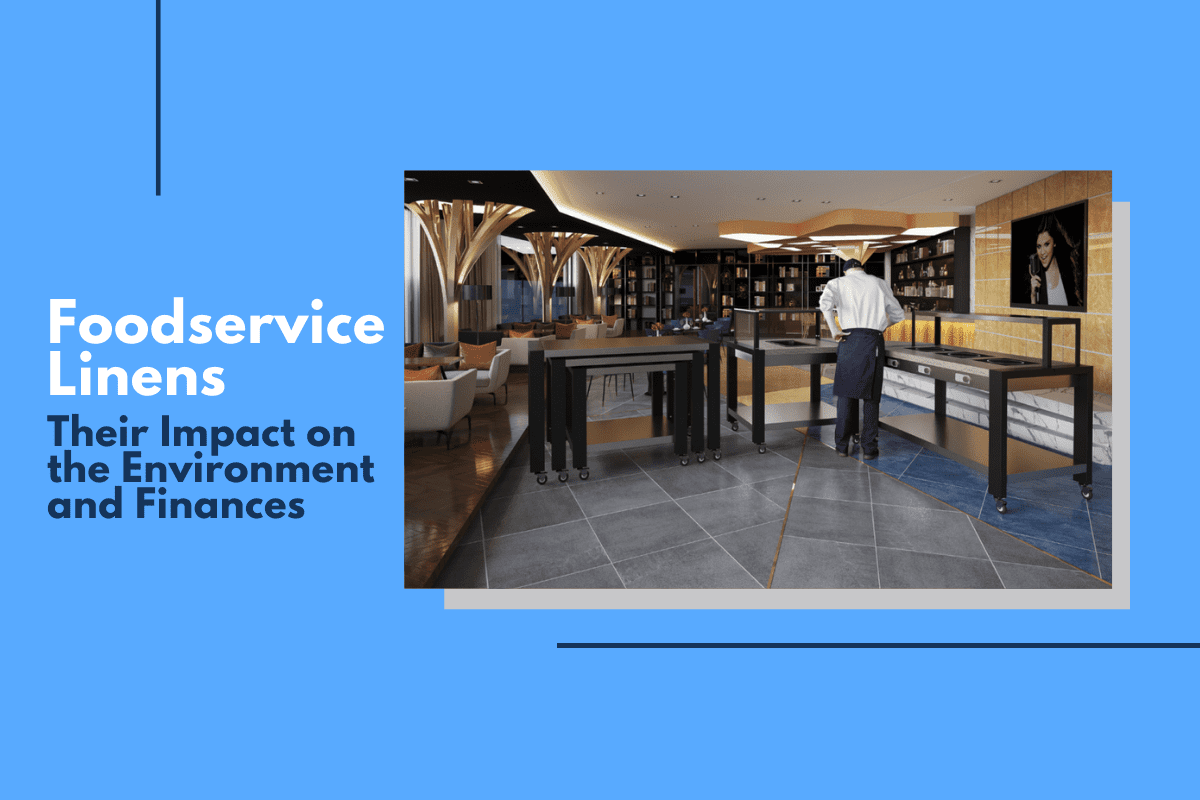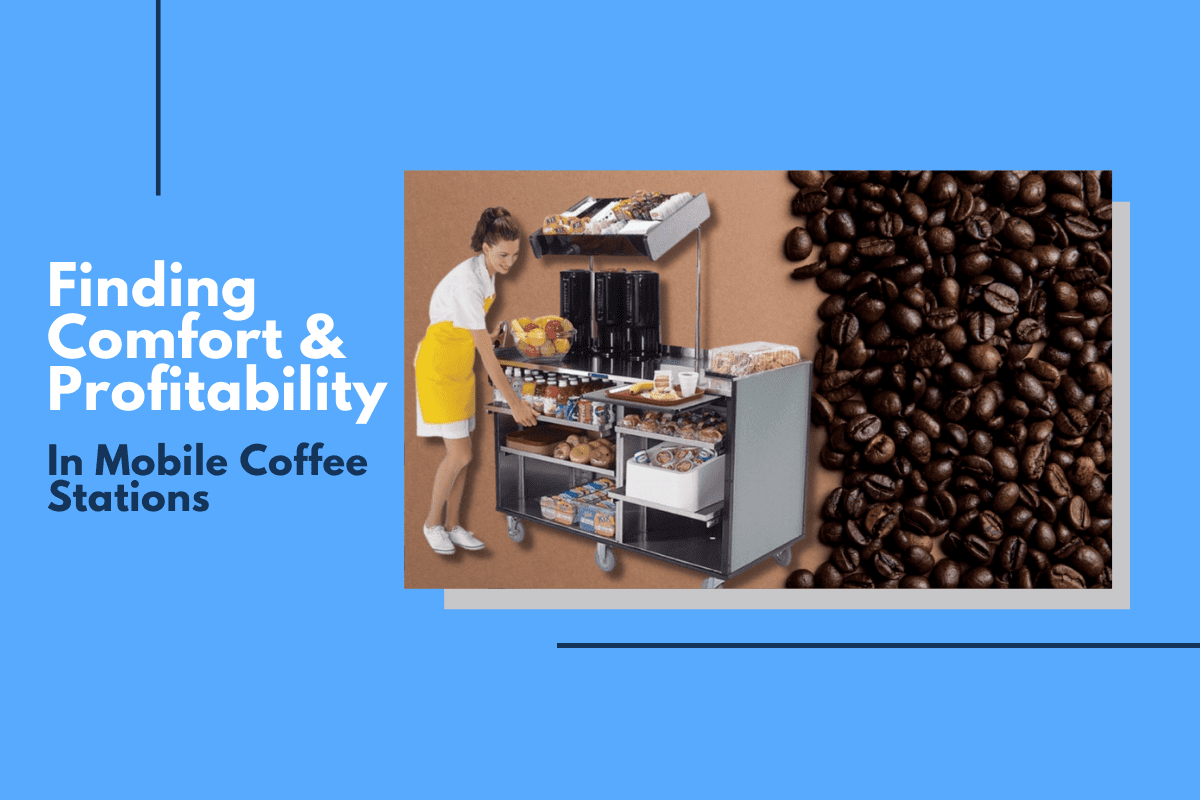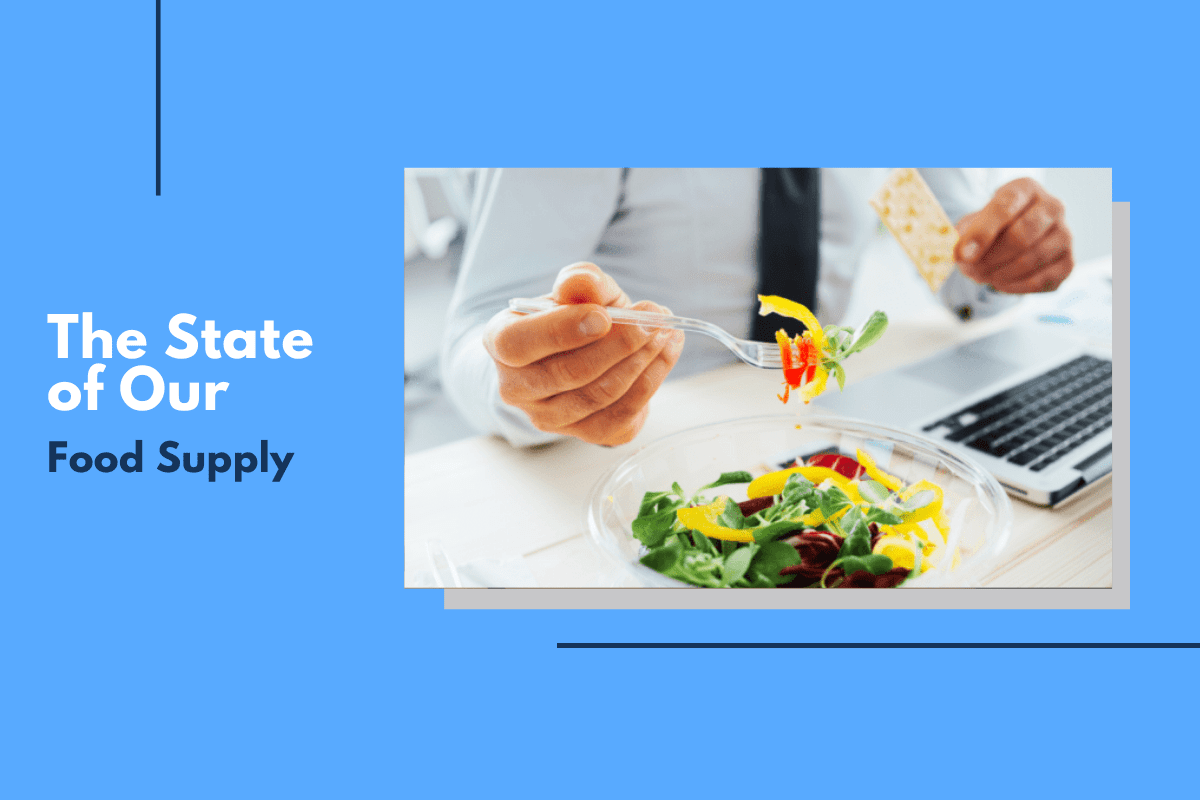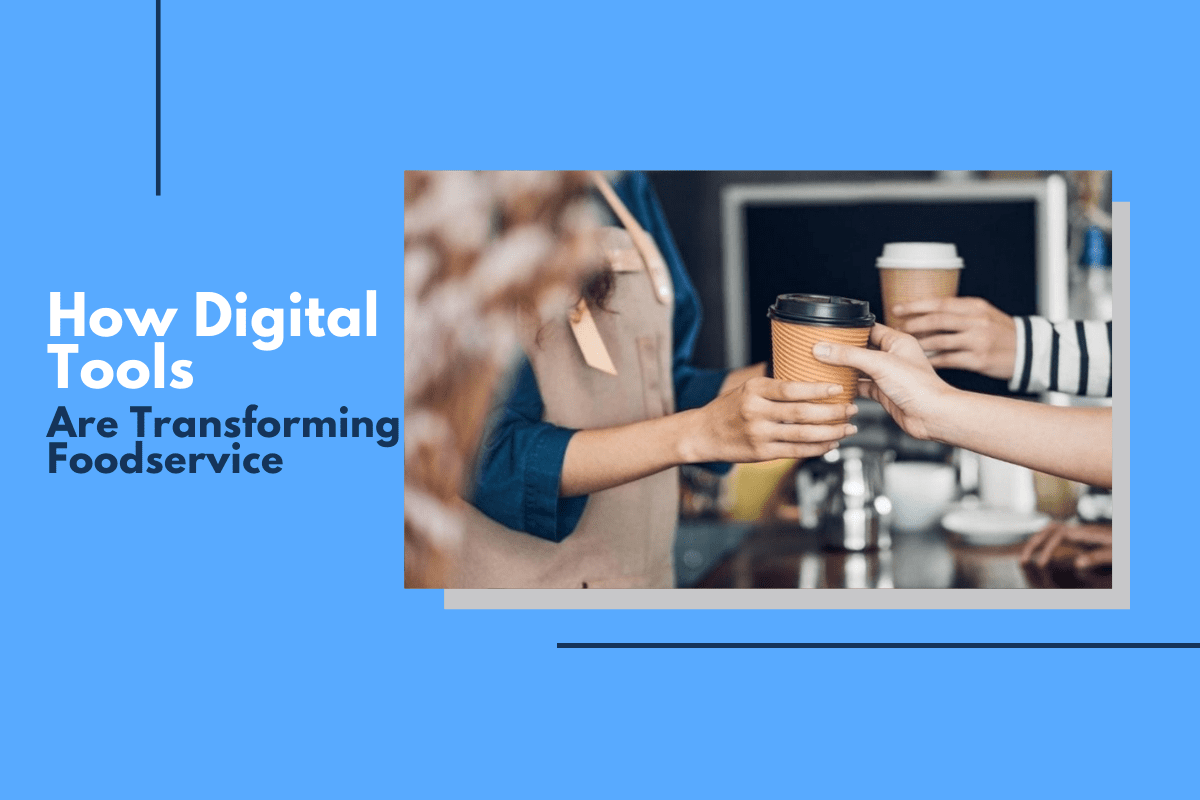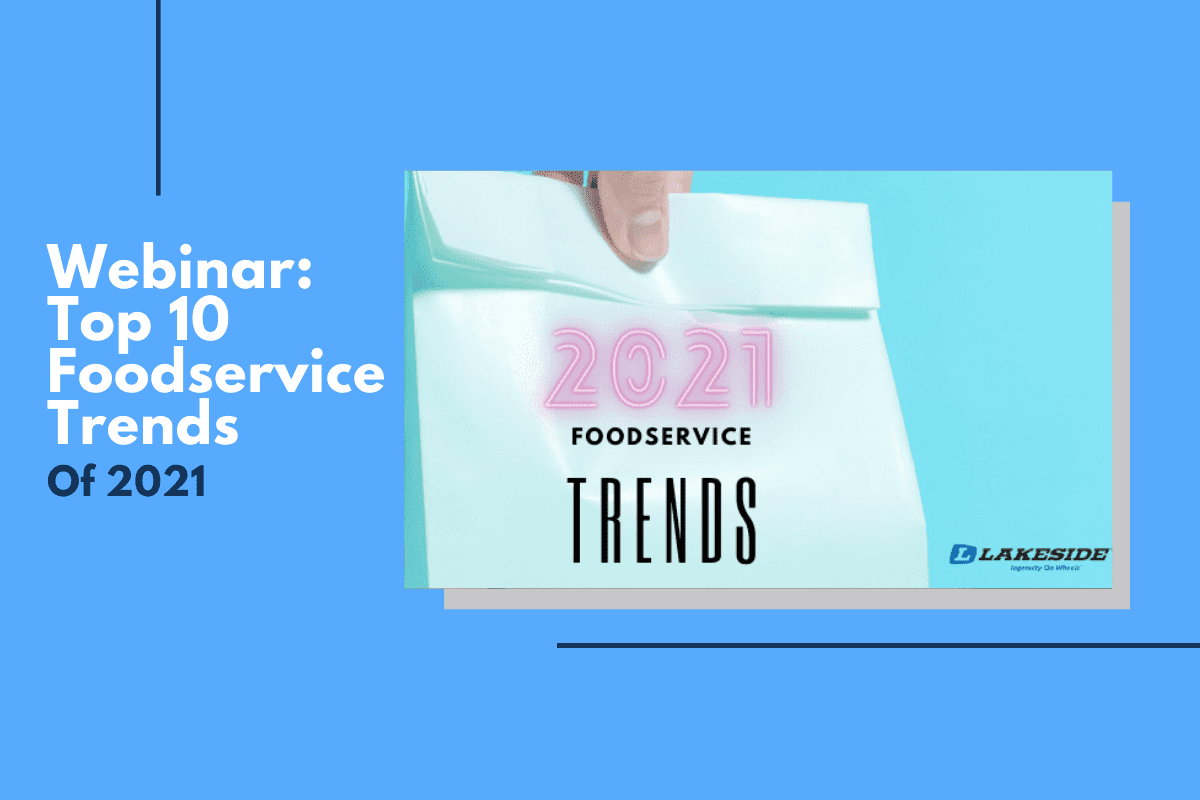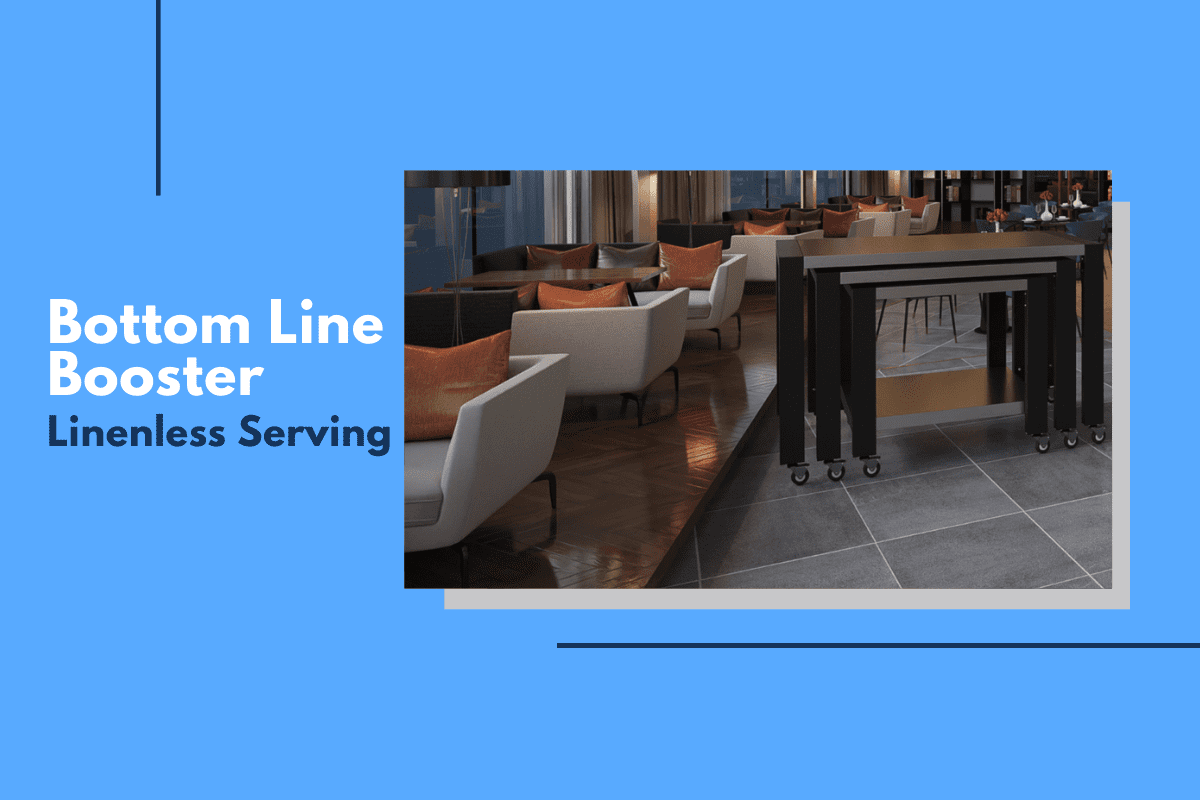
Bottom Line Booster: Linenless Serving
Americans are quitting their jobs in droves.
In fact, many are calling the current labor shortages The Great Resignation as more and more people are looking to earn their green in greener pastures.
But the reality is labor has been a challenge for much longer than the last few months for hospitality foodservice, restaurants, caterers, and other types of operations.
Even before the pandemic began, staffing was one of the top challenges foodservice operators faced. Now, as we emerge from the pandemic, it’s the top one.
Even in the current climate of rising costs and supply chain issues, three out of four operators say recruitment and retention is their toughest challenge according to the National Restaurant Association’s 2021 State of the Restaurant Industry Mid-Year Update.
This has many hotel and hospitality foodservice operations looking for answers and solutions. One option is to consider a linen service, which can be even more expensive. The other option is to just pull the tablecloth off the table altogether.
Reduce Staffing Needs and Boost Your Bottom Line
Linens. The bottom line is they’re expensive, and they can impact your bottom line. From staff hours required to prepare and store them to the expensive utility costs that come with cleaning, linens can be a drain on profitability, and when you add up the lifetime cost of linens.
Many operators are looking at linenless alternatives that won’t impact the elevated aesthetics that linens provide, and our team at Lakeside has come up with some great solutions.
Lakeside’s Traveler Series Serving Tables
Create the ideal serving table to match the aesthetic of just about any operation with the Traveler Series. With 12 different laminate finishes and the ability to easily move tables throughout the property, operators can drop the linens while also adding mobility to the point of service.
The Key to Linenless Service…
… is to make sure the units you use will elevate service in the same way a white tablecloth can, without all the overhead that linens require. With solutions from Lakeside, we can help.


